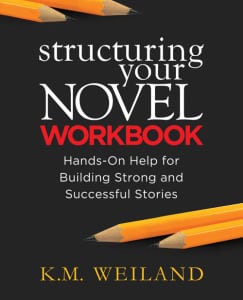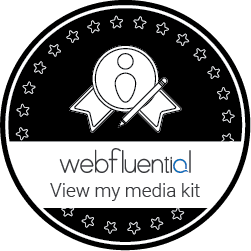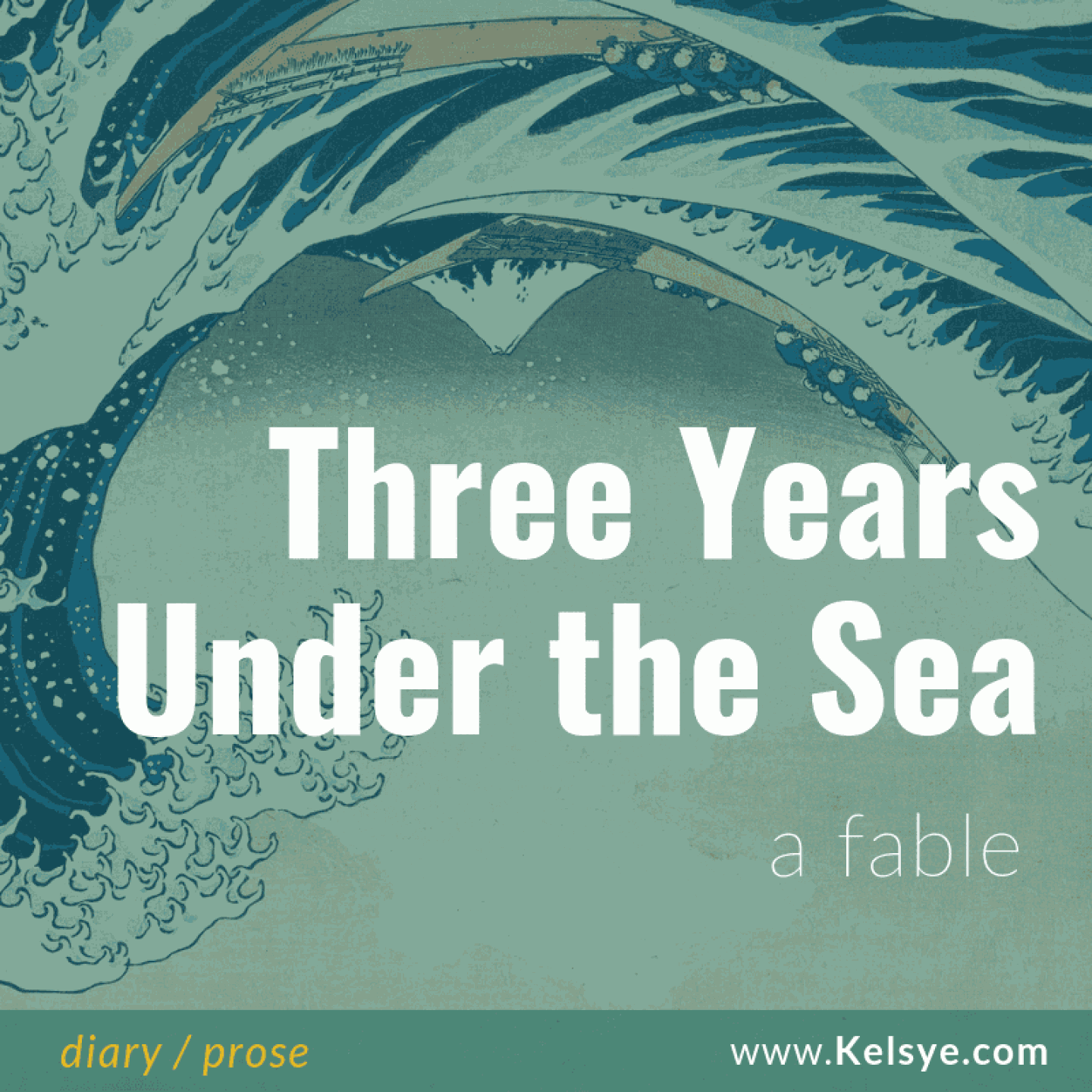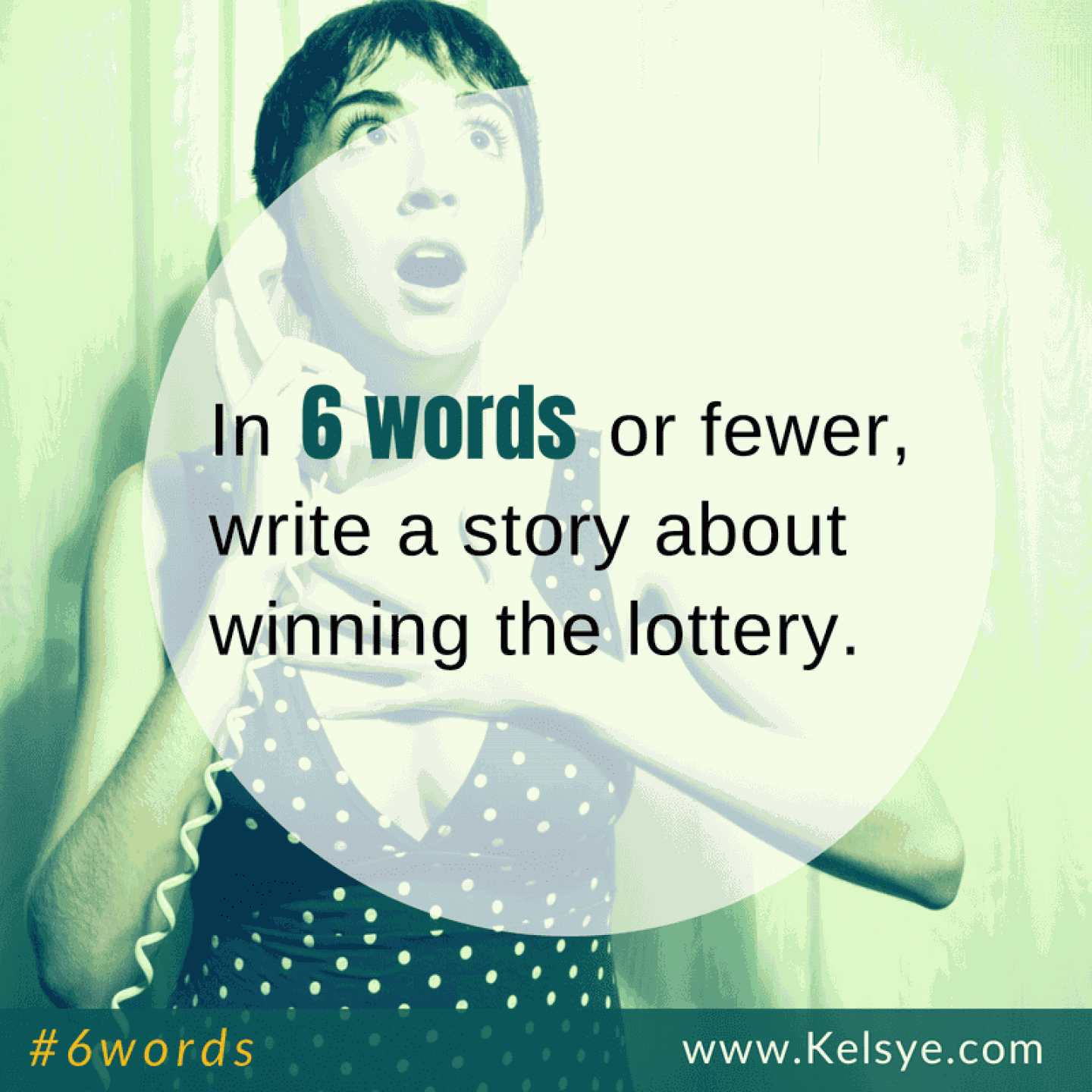
Book Marketing Q&A
Wednesday 12/17 at noon PST. Hosted via G+ On Air broadcast.
Get immediate answers to your book marketing questions. Ask about free promotions, does paid advertising really work, selling on social media, or whatever you wish.
This event is free and will be recorded.




 K.M. Weiland
K.M. Weiland I've been fortunate to work with many indie authors during the publishing of their first book. Self-publishing your first book is a thrilling, empowering process, but may also overwhelm or intimidate the unprepared. Once you're through it the first time, you learn many valuable lessons that make the next one even easier.
I've been fortunate to work with many indie authors during the publishing of their first book. Self-publishing your first book is a thrilling, empowering process, but may also overwhelm or intimidate the unprepared. Once you're through it the first time, you learn many valuable lessons that make the next one even easier.
 Preparing to publish a book? While it's handy-dandy that Amazon's KDP program let's you simply upload a word document to the site, the auto-formatting leaves much to be desired. To create a professional book, format it on your own before uploading to Amazon or any other platform.
Preparing to publish a book? While it's handy-dandy that Amazon's KDP program let's you simply upload a word document to the site, the auto-formatting leaves much to be desired. To create a professional book, format it on your own before uploading to Amazon or any other platform. Guest post by Kerry Colburn and Jen Worick from
Guest post by Kerry Colburn and Jen Worick from  Guest post by Kerry Colburn and Jen Worick from
Guest post by Kerry Colburn and Jen Worick from 
 Guest post by Seattle-based mystery author Tom Kelly. Originally published
Guest post by Seattle-based mystery author Tom Kelly. Originally published  Tom's debut mystery novel
Tom's debut mystery novel  Guest post by Kerry Colburn and Jen Worick from
Guest post by Kerry Colburn and Jen Worick from 


 Jennifer Worick and Kerry Colburn are the dynamic duo behind The Business of Books (
Jennifer Worick and Kerry Colburn are the dynamic duo behind The Business of Books (





